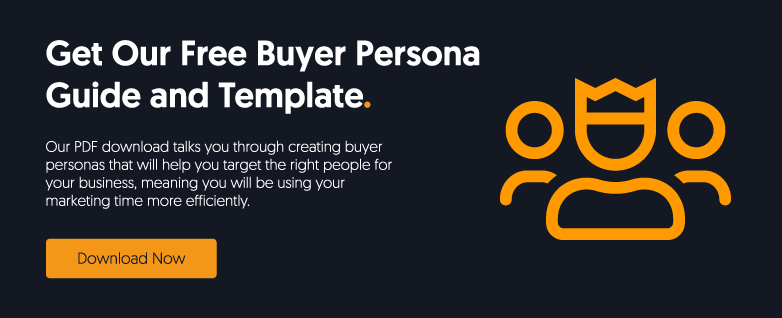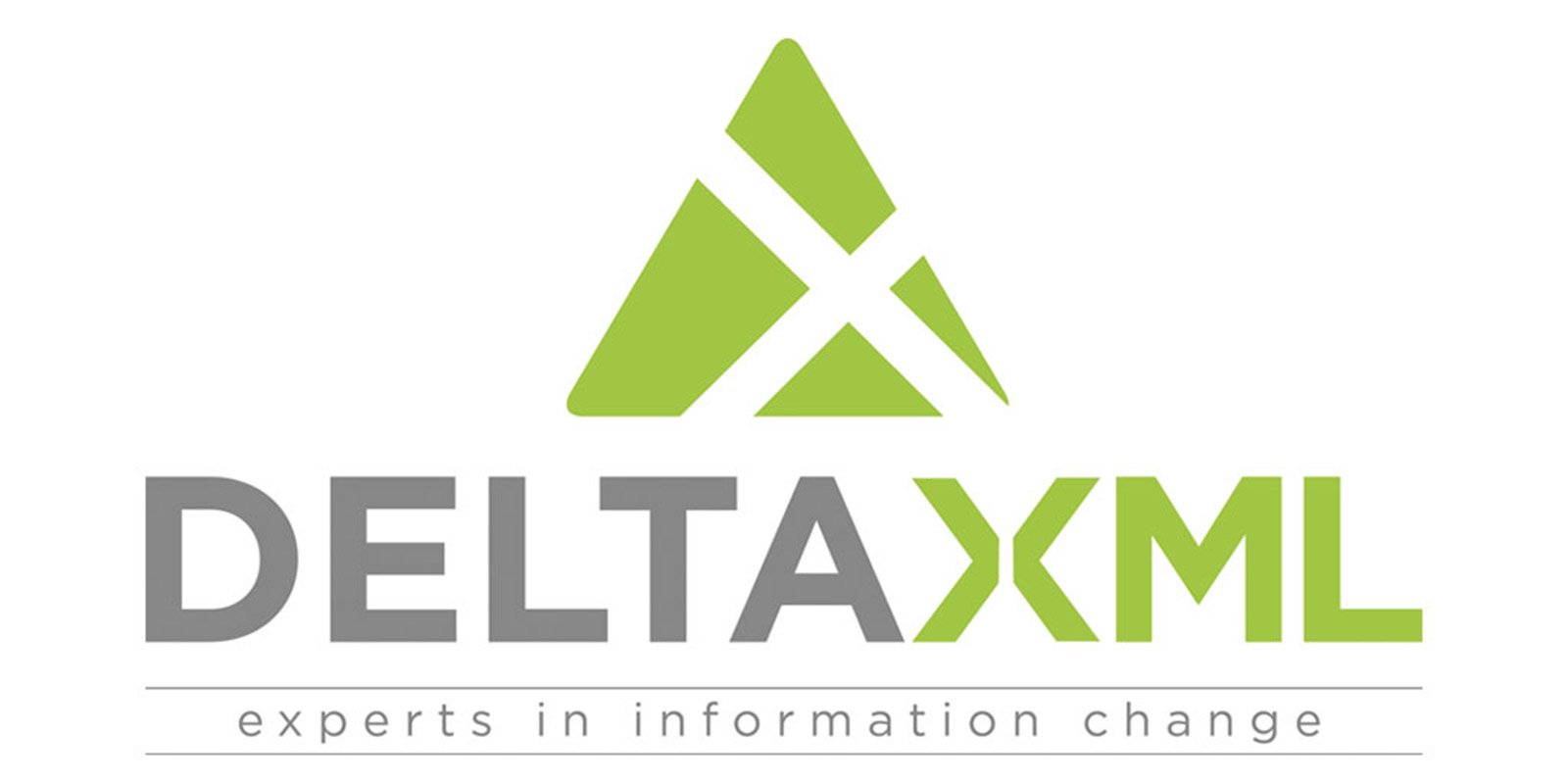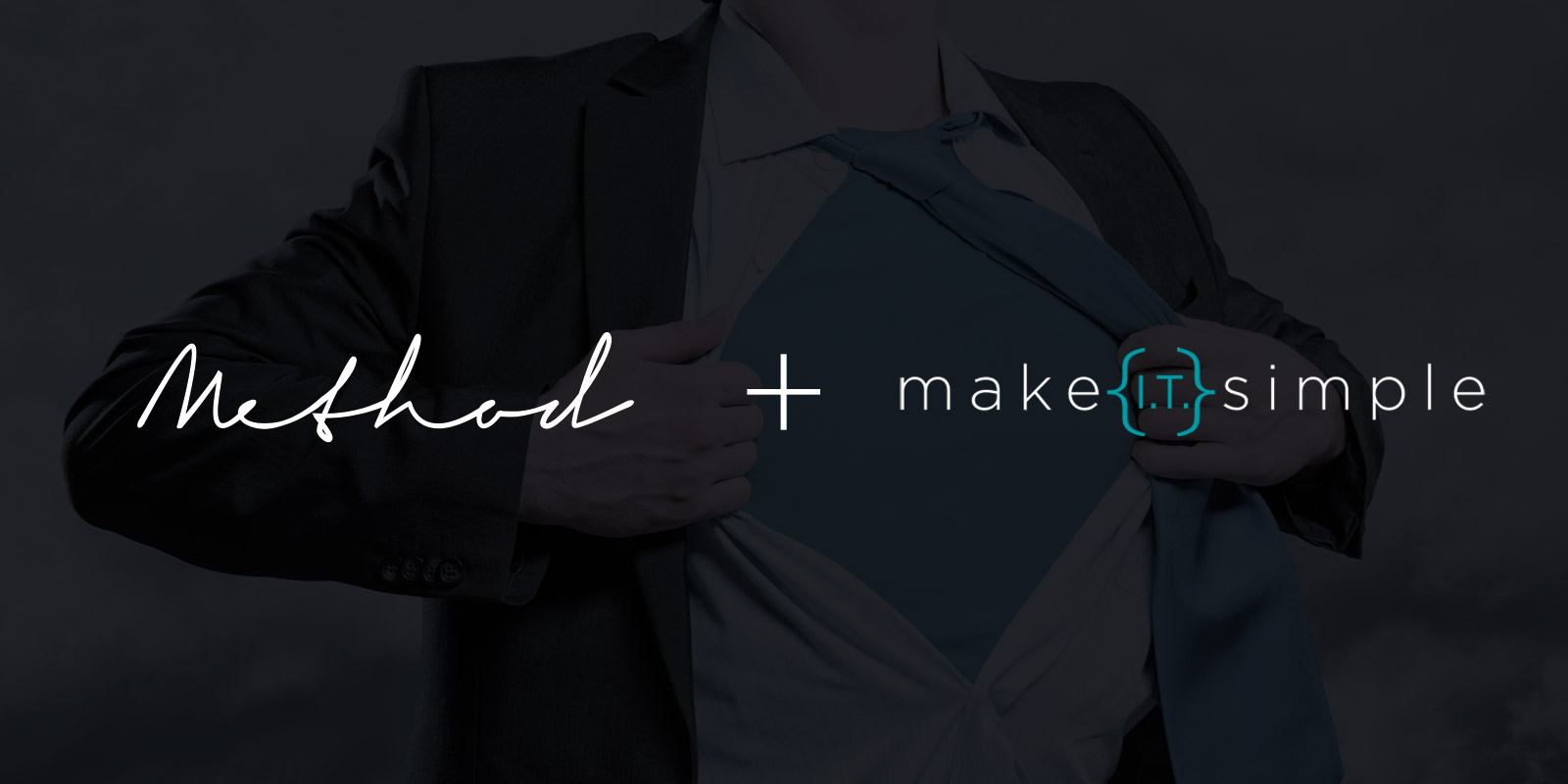Regular customer feedback is imperative for the growth and sustained improvement of a product or service. Learning from a customers experience, understanding the multi-faceted strengths and weaknesses demonstrated by your brand's hierarchy of needs offers valuable insight into your company's lived experience.
As Bill Gates once famously said, 'Your most unhappy customers are your greatest sources of learning.' To successfully understand the psychology of our customers, we need to step into their world. To appreciate their pain points and the deal-breaking detail that drives a sale, you require an honest account of how a customer navigated your brands buying experience. Ideally, your refining process should iron out functional issues through constant revaluation of a product or service, which can stunt a potential sale and obstruct return business.
A brand's success is driven by customer loyalty, Customer satisfaction is critical to good business. Reputations are built most robustly on positive word of mouth recommendations. It is far more financially economical to retain customers than to seek out new ones. With the most common source of new leads coming from referrals, engaged customers complete purchases 90% more often and spend 60% more per transaction.
How you gather analytical information directly from your customers is as critical as the feedback its self. Surveys, questionaries and even simple star ratings of a brand can feel irritating and irrelevant. Dubbed 'the 15 Second Rule,' this brief window of opportunity outlines the average amount of time a person will spend on a webpage. This demonstrates how busy a person's mind might feel, navigating between sites, digesting information at an alarmingly fast rate, so now imagine how hard it is to hold a users attention long enough to answer questions that have no impact upon their lives. If designed appropriately, customer feedback can educate you more about your brand and improve your company's bounce rate. The question is not if, but when your need to start engaging more frequently with your purchasing customer. Customer feedback is a guiding resource, so taking a proactive approach and engaging with your brand's community to harvest qualitative and quantitative data is necessary.
So start with a clear intention of what information you need to tap into. Consider what part of the customer's journey you want to evaluate. Make sure you can action the answers your questions provoke, how you intend to use your data, and, most importantly, how you intend to stage your research and which platform will reach and resonate best with your audience.
1. Customer feedback surveys
By staging questions that help your brand define and achieve its own goals, surveys are a clearly defined tool for harnessing valuable feedback and customer opinions. Using open-ended question and rating scales, surveys explore the customer's needs and requirements, compared directly with their experience of your product or service. Surveys can be long-form or simple one answer responses. Design your own surveys using creative and innovative software.
Our five favourite survey building sites are:
- SurveyMonkey
- Typeform
- JotForm
- AskNicely
- Formstack
2. Send an Email
Best orchestrated when a customer has had ample time to experience their purchased product or service, the most frequently used method to request customer feedback is via email. Delivered automatically to the purchaser once a service or product has been provided, if worded correctly, this form of contact will validate your buyer's thoughts and analysis on the value and quality of the product they have invested in. Sending a response, acknowledging the feedback with a thankful attitude is also beneficial to the brand, encouraging improved traction and retention rates. You can also incentivise email responses with a discount code provided to every person who engages with the request to engage in feedback discussions.
3. Usability Testing
Usability testing outlines what works and what doesn't, for your audience, on a practical level. The goal of usability testing is to focus on highlighting areas of weakness and unnecessary complexities to uncover opportunities to improve the overall user experience. Useful for overseeing your audience's behaviours and responses to a specific website or app navigation, usability testing reveals the most common way customers lose interest with a particular part of a brands functionality and what stage of the buyer's journey is then convoluted. Usability testing aims to make the purchasing process as simple as humanely possible. An excellent example of this would be to offer a free trial period for customers, under the agreement, a step by step analysis of that new customers experience if documented and fed back.
4. Customer interviews
A revelatory way to learn abundantly more about your brand and ingratiate yourself with customers, brand-based interviews is a powerful way to obtain feedback. Due to the open nature of the discussion, customers can freely voice their particular reason for using, liking or disliking a product or service. If approached with an open mind, listening to the nuances which connect your customer with the brand, social listening can be a brilliantly personable way of comprehending who, what and why your audience are drawn to or away from your product or service.
Vouchers, competition giveaways, or discount codes provided to those who engage with these interviews are valuable ways to entice people into longer-form discussions with your marketing teams. Try to limit these interviews to thirty minutes and let the customer know the interview's anticipated duration before engaging with them on the subject.
5. Social Listening
Instagram's ask me anything story-line feature is an excellent way to hear directly from your followers about their queries, quirks and likes. Facebook's timeline surveys and Twitters voting polls are great ways of making customer feedback fun. Offering insight into the constant online chatter and detail of your customer's thoughts and comments, social listening is a very organic tool for overhearing your audience's opinions. Monitoring social media platforms for mentions of your own brand, or alternatively, your competitors, social listening allows brands to monitor, analyse, and respond to current conversations about products and services. The benefits here are that information is not coercive or superficially influenced in any way.
6. Analytics
Not requiring audience interaction, on-site activity analysis is a helpful way of measuring your audience's demographic popularity the world over, alongside factors such as the bounce rate and return statistics of users to your site or app. Web analytics tools help brands understand the specifics of their site's performance. These tools offer clear and concise insight into a brands website's inner workings, interface, and navigation. This allows a business to make more informed decisions about its website attributes, positively and negatively, to strengthen its inner workings and streamline performance.
Methods five favourite analytic software tools:
- Wix analytics
- Google Analytics
- Open Web Analytics
- Adobe Analytics
- Mixpanel




